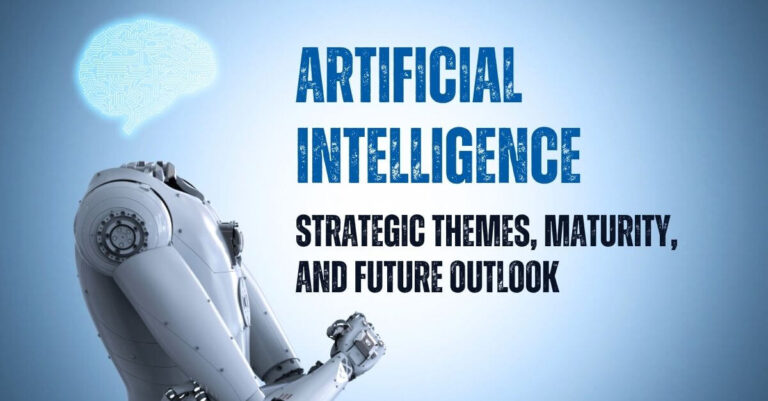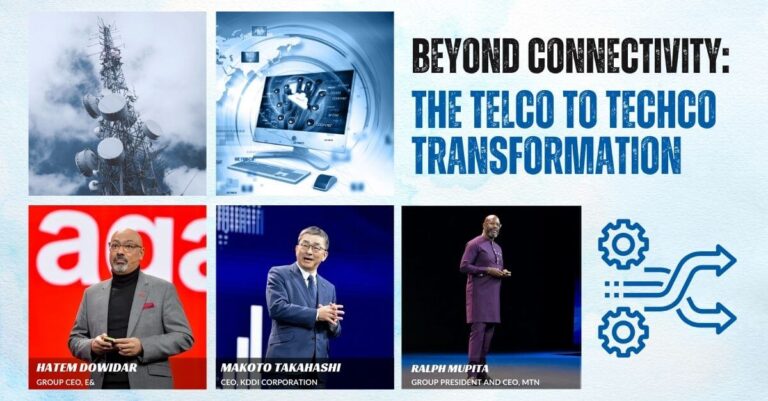Recent developments in artificial intelligence training methodologies are challenging our assumptions about computational requirements and efficiency. These developments could herald a significant shift in how we approach AI model development and deployment, with far-reaching implications for both technology and markets.
New AI Training Patterns: Why Efficiency is the Future
In a fascinating discovery, physicists at Oxford University have identified an “Occam’s Razor” characteristic in neural network training. Their research reveals that networks naturally gravitate toward simpler solutions over complex ones—a principle that has long been fundamental to scientific thinking. More importantly, models that favor simpler solutions demonstrate superior generalization capabilities in real-world applications.
This finding aligns with another intriguing development reported by The Economist: distributed training approaches, while potentially scoring lower on raw benchmark data, are showing comparable real-world performance to intensively trained models. This suggests that our traditional metrics for model evaluation might need recalibration.
AI Training in Action: How Deepseek is Redefining Efficiency
The recent achievements of Deepseek provide a compelling example of this efficiency trend. Their state-of-the-art 673B parameter V3 model was trained in just two months using 2,048 GPUs. To put this in perspective:
• Meta is investing in 350,000 GPUs for their training infrastructure
• Meta’s 405B parameter model, despite using significantly more compute power, is currently being outperformed by Deepseek on various benchmarks
• This efficiency gap suggests a potential paradigm shift in model training approaches
From CNNs to LLMs: How AI Training is Repeating History
This trend mirrors the evolution we witnessed with Convolutional Neural Networks (CNNs). The initial implementations of CNNs were computationally intensive and required substantial resources. However, through architectural innovations and training optimizations:
- Training times decreased dramatically
- Specialized implementations became more accessible
- The barrier to entry for CNN deployment lowered significantly
- Task-specific optimizations became more feasible
The Engineering Lifecycle: The 4-Stage Evolution of AI Training Efficiency
We’re observing the classic engineering progression:
1. Make it work
2. Make it work better
3. Make it work faster
4. Make it work cheaper
This evolution could democratize AI development, enabling:
- Highly specialized LLMs for specific business processes
- Custom models for niche industries
- More efficient deployment in resource-constrained environments
- Reduced environmental impact of AI training
AI Market Shake-Up: How Training Efficiency Affects Investors
The potential market implications of these developments are particularly intriguing, especially for companies like NVIDIA. Historical parallels can be drawn to:
The Dot-Com Era Infrastructure Boom
• Cisco and JDS Uniphase dominated during the fiber optic boom
• Technological efficiencies led to excess capacity
• Dark fiber from the 1990s remains unused today
Potential GPU Market Scenarios
• Current GPU demand might be artificially inflated
• More efficient training methods could reduce hardware requirements
• Market corrections might affect GPU manufacturers and AI infrastructure companies
NVIDIA’s Position
• Currently dominates the AI hardware market
• Has diversified revenue streams including consumer graphics
• Better positioned than pure-play AI hardware companies
• Could face valuation adjustments despite strong fundamentals
Future AI Innovations: Algorithms, Hardware, and Training Methods
Several other factors could accelerate this efficiency trend:
Emerging Training Methodologies
• Few-shot learning techniques
• Transfer learning optimizations
• Novel architecture designs
Hardware Innovations
• Specialized AI accelerators
• Quantum computing applications
• Novel memory architectures
Algorithm Efficiency
• Sparse attention mechanisms
• Pruning techniques
• Quantization improvements
Future Implications
The increasing efficiency in AI training could lead to:
Democratization of AI Development
• Smaller companies able to train custom models
• Reduced barrier to entry for AI research
• More diverse applications of AI technology
Environmental Impact
• Lower energy consumption for training
• Reduced carbon footprint
• More sustainable AI development
Market Restructuring
• Shift from hardware to software focus
• New opportunities in optimization tools
• Emergence of specialized AI service providers
AI’s Next Chapter: Efficiency, Sustainability, and Market Disruption
As we witness these efficiency improvements in AI training, we’re likely entering a new phase in artificial intelligence development. This evolution could democratize AI technology while reshaping market dynamics. While established players like NVIDIA will likely adapt, the industry might experience significant restructuring as training methodologies become more efficient and accessible.
The key challenge for investors and industry participants will be identifying which companies are best positioned to thrive in this evolving landscape where raw computational power might no longer be the primary differentiator.






















